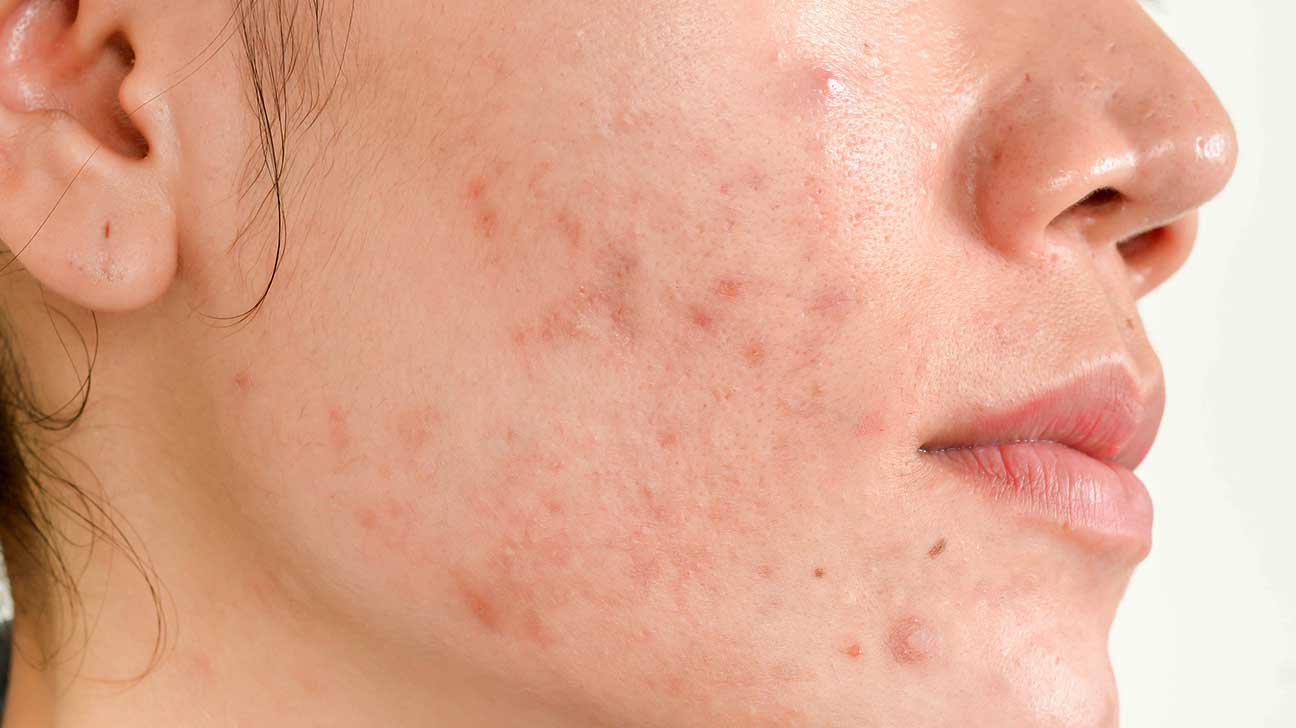Hyperpigmentation is a skin disorder characterized by the appearance of dark patches or spots on the skin. Excess synthesis of melanin, the pigment that governs skin color, causes this darkening.
Hyperpigmentation is a common occurrence, particularly in people with darker skin. Hyperpigmentation can be caused by acne, hormonal changes, age, and sun exposure. The condition, on the other hand, is treatable. If you want to brighten an uneven complexion, these are the finest elements to look for in skincare products.
1. Vitamin C
What it does: Vitamin C inhibits the synthesis of melanin, which helps to minimize hyperpigmentation. Vitamin C is a natural skin brightener because it inhibits tyrosinase, an enzyme that your body utilizes to make melanin. Vitamin C is also an antioxidant, which implies it shields skin cells from any further damage caused by the sun or contaminants in the environment.
A tiny 2004 study indicated that applying 5% ascorbic acid cream (a kind of vitamin C) to the skin for 16 weeks reduced hyperpigmentation in 62.5 percent of subjects.
People with sensitive skin may experience redness or stinging when utilizing vitamin C. However, daily using vitamin C in your skincare products to alleviate hyperpigmentation, acne scars, or inflammation is harmless.
There are multiple forms of vitamin C.
Magnesium
Magnesium benefits: Why it’s good for bone, muscle, and brain health Magnesium is a necessary macromineral that aids in DNA repair, protein synthesis, and effective mental processing.
Dermatologists choose ascorbyl phosphate because it is a stable form that hydrates and absorbs well. Other types of vitamin C in skin care products, such as serums and lotions, are ascorbic acid sulfate and ascorbyl palmitate.
2. Kojic Acid
What it does: Kojic acid results from certain types of fungal fermentation. Kojic acid, like vitamin C, operates by blocking tyrosinase enzymes. Because it is abundant in antioxidants, it also gives protection from environmental pollutants. Although kojic acid is famous because it is derived from natural sources, it can nevertheless produce swelling and redness.
Kojic acid can be found in various products, including lotions, serums, gels, and exfoliation pads. It’s usually found in quantities ranging from 1% to 4% in cosmetic products. Because Kojic acid may not be suitable for everyone’s skin, you should perform a skin test on the inside of the wrist before applying it to a wide region of your face.
3. Retinol
Retinol is a kind of vitamin A that is used to treat hyperpigmentation. Retinol is especially helpful at reducing hyperpigmentation because it promotes cell turnover, bringing healthier, younger skin cells to the surface while exfoliating older, darker skin cells.
Tretinoin, a potent type of retinol, is available by prescription in strengths of 1% and.05%. Over-the-counter products contain milder variants, such as retinyl palmitate and retinaldehyde. Use retinol for at least a month to get the best results. However, retinoids should not be used when pregnant, as they might cause birth abnormalities.
4. Niacinamide (vitamin B3)
What it does: Niacinamide is a type of vitamin B3 that helps the body’s cells to function properly. B-3, when applied topically, can stop the development of cell pigmentation, whitening the skin.
It can also treat acne and prevent hyperpigmentation or scarring in the future.
Niacinamide can be found in over-the-counter treatments such as serums and lotions and can be used daily. Combine it with other skin-brightening substances like vitamin C and retinol to get the best results.
5. Azelaic Acid
Azelaic acid is an organic acid found in cereals like barley and rye. It has anti-inflammatory qualities and inhibits the development of melanin in the skin. Unlike retinoids, azelaic acid is softer than other acids and is safe to use during pregnancy. Because many women get melasma – a type of hyperpigmentation — due to hormonal changes during pregnancy, it’s an excellent choice.
Azelaic acid is a prescription-strength cream that can also be purchased as a prescription gel. It can be used regularly at a 20% dosage to aid with hyperpigmentation. Lower-grade choices can be found in over-the-counter serums and creams.
Let us know which one of these five methods will you use for hyperpigmentation.




